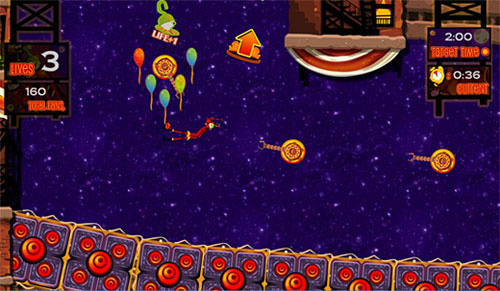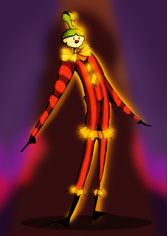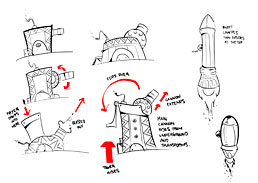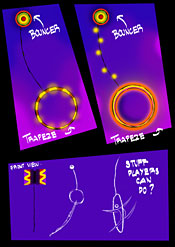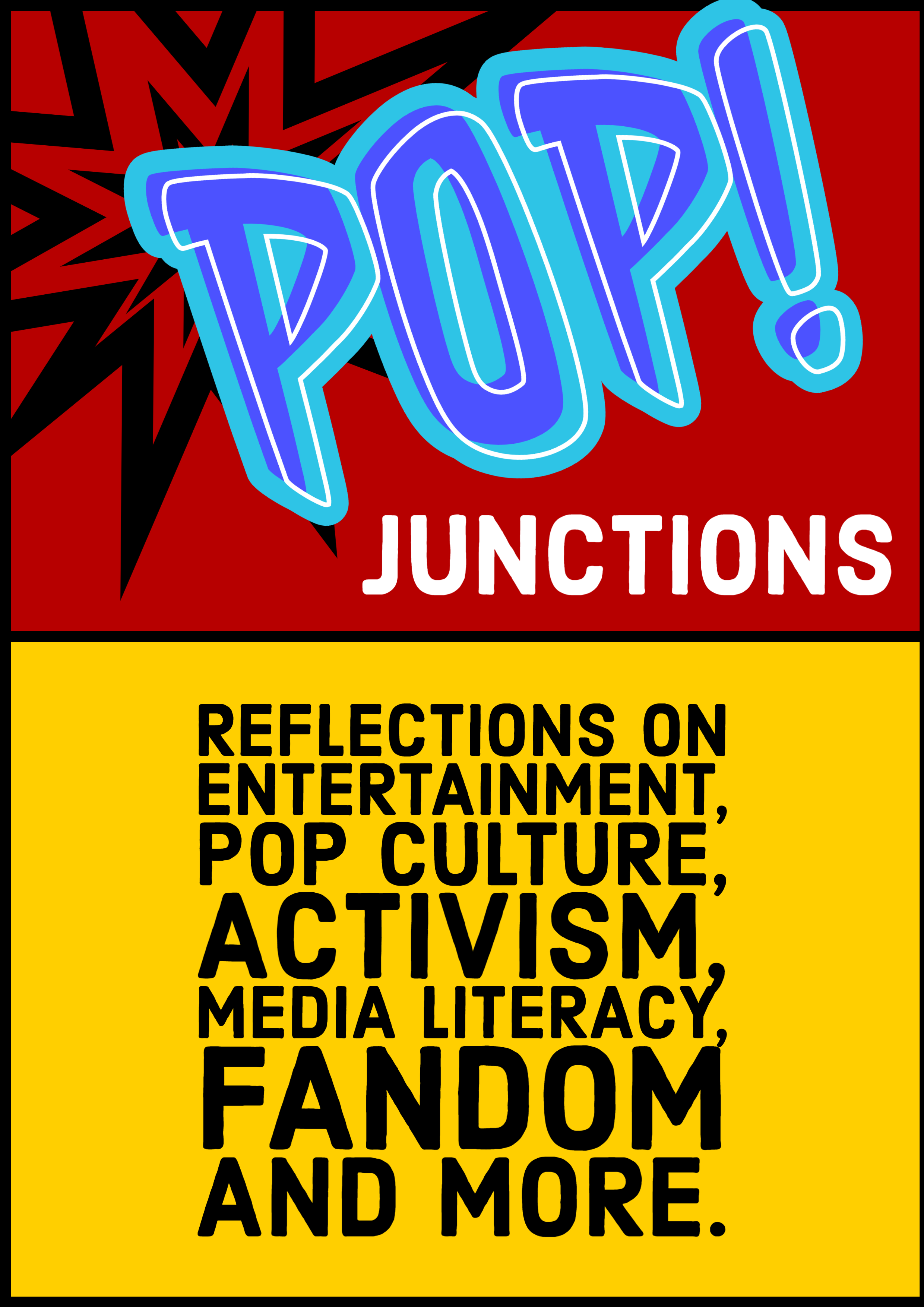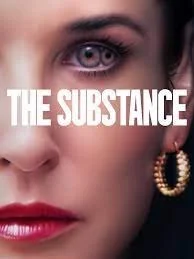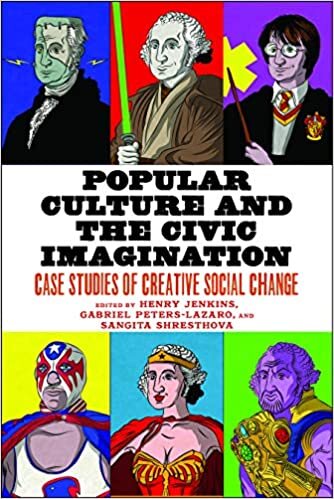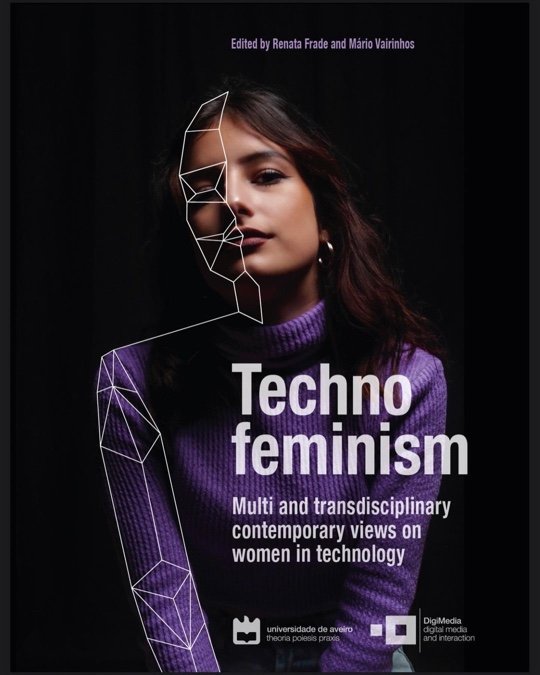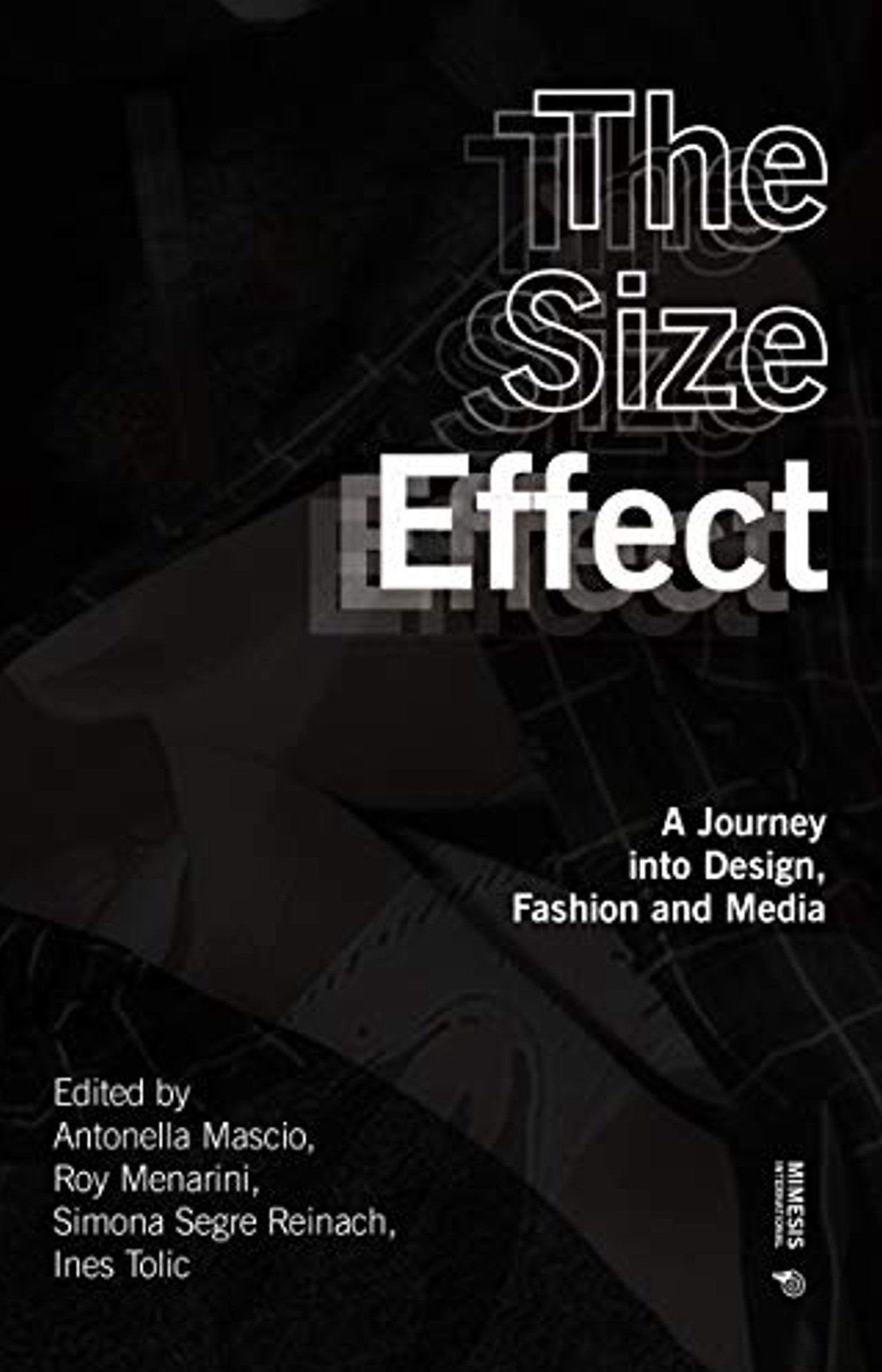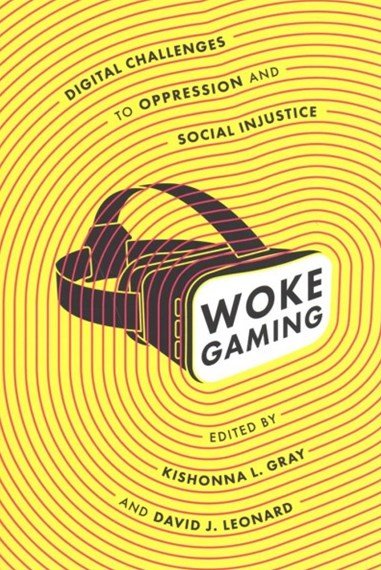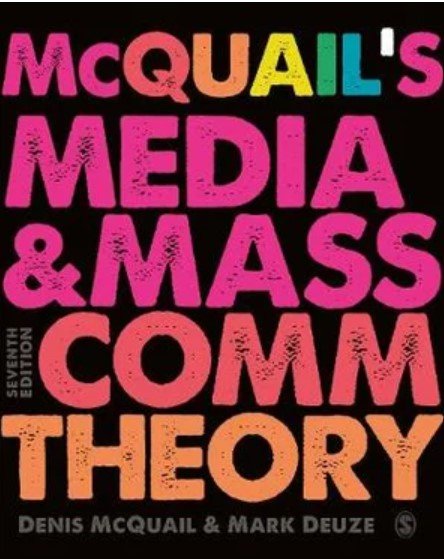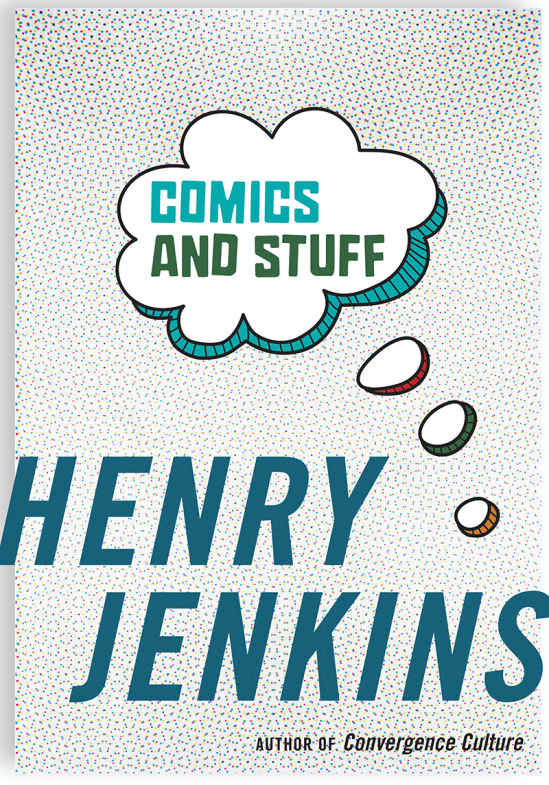By: Sam Ford
This is the third of a three-part series about my look at the world of soaps while Henry is in Poland this week. This builds off the piece I posted here two days ago about legacy characters in soap operas. As with the other two, this piece originally appeared on the C3 blog last night. For more of the C3 team's commentary on various aspects of "convergence culture," be sure to stop by our blog or subscribe to our RSS feed.
Back on Nov. 8, I wrote about legacy characters in soaps, basing much of my writing about the short-term reuniting of Luke and Laura on General Hospital the iconic couple of days gone by in the soaps industry, going back to a time when soaps carried many more viewers. The post raised spirited debate, even drawing in the former head writer of the top-rated American soap opera, Kay Alden, who is also an advisor on my thesis project.
My intent now is to start with the comments generated from that last post to move into examining the limited success of the Luke and Laura reuniting and what the industry can learn from it and hopefully not misinterpret. The show re-inventing the Luke and Laura wedding did a 2.9, above the usual average for the show but below what some projected might be possible to reach. And, what's worse for some people, the ratings were back down to a 2.6 average for the show, still putting it atop some of its competition but not resulting in any major sustained growth. However, the reunion did post the highest rating in the history of cable network SoapNet, and it generated quite a bit of publicity.
Kay Alden wrote about how unique thinking about using older characters/viewers to help "reinvent the soap opera viewing audience" was a fascinating way to think about audience-building that the genre had not thought about. "The idea of actively rejecting the consistent concern with more and more youth, and instead reaching out for the multigenerational audience is one that we would be wise to explore and, frankly, exploit."
Alden writes, "No one in my experience has said, let's bring back this old person as a means of drawing old viewers back to the show and getting them re-involved, because these old viewers might be the key to drawing in new viewers from their own families, and helping to re-establish the tradition of soap opera viewing as a family affair, passed down from mothers to daughters to their daughters."
To recap my original points from the first post:
Longevity. Soaps should celebrate what they have on their side, and one of those things is a deep history with a talented ensemble roster, many of whom have been around for years.
The WWE. I pointed to WWE's 24/7 On Demand product which makes episodes available for the archives and also markets historical footage through DVDs, etc., as proof that fans can often care about the pasts of their dramas and the character history of various characters.
Legacy Characters. I argue that legacy characters are a way to tie the current soaps products with the past of those shows and to draw in former viewers, envisioning a way to have familiar faces appear from time to time to show back up and pull them back in. I also point out that you don't have to have all the characters featured be the same age of the target viewers, as people are often interested in stories about characters older/younger than them as well.
Demographics. The problem with older viewers is that they aren't the target demographic. But most people only start watching soaps through a social relationship, whether it be a friend or spouse or parent or grandparent. So, while older viewers may not be beneficial in and of themselves for people who are looking too narrowly at a certain age demographic, they become increasingly important when the economic model shifts and they are considered grassroots marketers for the show.
The Prodigal viewers. I argue that soaps need to concentrate first and foremost on how to get the people watching their show now to love it so much they will spread the word to people who used to watch to come back. This takes time. I wrote, "And what's going to attract these fans back into the fold? Two things: first, familiar faces; and, second, good writing when they get there. I am not arguing at all that you don't need amazing new characters and dazzling young stars because you need something to get these viewers hooked on a new generation, but you have to use the old generation to do that. " However, "the problem is that this type of growth is slow growth...It's not a week or a month fix. And you have to have quality writing when fans get there and younger characters that are compelling and who interact with these legacy characters in ways that gets fans hooked on them as well." So my argument that the most important marketing tool of all is good, long-term, consistent storytelling.
General Hospital
Kay writes in depth about her responses from the way Luke and Laura still capture some of the power of soaps but wonders "can it bring in new, younger viewers?" She writes:
Thus, viewers who tune in again for the nostalgia value of Luke and Laura, will witness several things: they will get their nostalgia from the many flashbacks to the Luke and Laura romance that GH will undoubtedly play; viewers will also see what the characters are like now, today, 25 years later, as this story of undying love is rejuvenated; and finally, these old viewers may well find themselves drawn into the stories of the newer characters--the "children of" stories, as well as becoming involved with newer, very powerful characters like Sonny, Alexis, Carly, Jax, who have become more the mainstay of the show, but who would be new to viewers from long ago. In short, it seems to me that General Hospital has the potential to hit it out of the park with the return of Genie Francis and all that this could mean at this time.
Now that the return (and Laura) has come and gone, it appears that it caused a blip in the map, a short-term increase, but nothing major and nothing sustained. It seems that some viewer reaction was largely that it was great to see her but that viewers knew it was short-term from the start and that it was too ephemeral to have great impact. For instance, in one online commentary site--"Snark Weighs In"--the author writes, "In many ways, the situation mirrored the viewers real-life relationship with GH. Luke entered into this ludicrous situation knowing his time with Laura would be short--and so did we. [ . . . ] Luke and Laura's re-wedding, the centerpiece of ABC's promotional campaign, was nothing more than an anti-climactic attempt to ride the coattails of the most famous wedding in TV history. It was the least interesting part of Gene Francis' return." (The author is referring, by the way, to the drug that temporarily pulled Laura out of her catatonic state, much as happened recently with John Larroquette's character on House.)
Other fans weighed in over at Soap Central, debating a wide variety of reasons why fans didn't tune back in--largely talking about flaws in the current way soaps tell stories and the fact that many viewers wouldn't return because they both knew it was short-term and didn't want to see it poorly executed. The same discussions took place at the TV Guide Community. And I would propose another suggestion--that many people simply never heard about it nor was it done long-term enough for them to develop investment in returning to the show.
Inflated Expectations
Toni Fitzgerald with Media Life Magazine wrote about the power of this storyline back in October, when the first numbers came through surrounding Laura's return. She wrote, "That in a nutshell is what's been happening on ABC's "General Hospital," and it's driving big ratings increases. The return of Genie Francis, the actress who plays Laura, for the first time since 2002 helped the show regain the No. 1 slot in daytime among women 18-49 for the first time in six months" and went on to predict more of the same. The problem is not that the event wasn't successful but just that such a short-term jump in numbers was just not enough to get a significant number of people involved in the product once again.
This takes me back to August, when I wrote in response to all the critics after the opening weekend of Snakes on a Plane did $15 million. Even our own Henry Jenkins said he was eating crow at this "low" number. At the time I wrote, "The problem is that people fell prey to their own hyperbole and expected a campy B-movie to become a blockbuster, which I don't think it was ever designed to be. " And I feel the same way in this instance.
In the comments section of that original post in November, I wrote in response to Kay's comments that "the return of Laura for a limited time is one small incident. I am not predicting it will change the industry or anything of the sort, as one smart decision doesn't turn everything around. I just think that a whole lot of these types of decisions is the way to go and a change in the way the industry thinks overall." Instead, I advocated both grounding long-term and older characters more solidly in stories and create a budgeting shift that would allow for continued short-term returns from various characters from each show's history throughout the year, so that using legacy characters becomes established with fans as a long-term strategy rather than a one-time gimmick.
A History of Quick-Fixes
Soaps have been trying to fix the ratings problems for a while--say 20 years now or so. As cable channels proliferated and choices grew exponentially, soaps slowly lost viewership. The response was to try and appeal directly to the target demographic by drawing them in a variety of ways...to think about how to increase numbers by next week. And all these quick-fixes, even if they led to some momentary jumps in ratings from time-to-time over the years, have seen an overall trend of sliding numbers.
Some quick-fixes have been colorful. My favorites have been with Passions, the only show to not be around in the more "glorious" periods and that has survived by drawing in younger viewers and by parodying the genre in various ways. They've had an animated sequence and a Bollywood episode. Guiding Light surprised everyone with a comic book/superhero crossover, although readers and viewers seemed to fill it was lacking in execution Meanwhile, Days of Our Lives is seeking out interactivity by allowing viewers to name the baby of a prominent character. There have also been interesting promotional campaigns, such as the dance videos promoting As the World Turns and the ATWT/Tyson Chicken commercials. And yet another interesting project from SoapNet is a fantasy soaps competition, modeled after fantasy football.
Some of these were intended for varying degrees of short-term promotion, but the overall trajectory of the genre has been quick-fixes. This happens in storyline form as well, with natural disaster stories or plot-driven suspenseful moments that may draw new people in for a week but gives them little to want to stick around for.
I find Laura as another quick-fix, except this time they are using history. My argument about utilizing history is not about for some short-term gains but rather as a change in approach and in practices, in attitude. Bringing Laura back for a few weeks, as an isolated incident, is not an example of a long-term approach to building an audience back. That's not to criticize the storyline but rather to explain why it did not lead to this miraculous turnaround soaps seem to continue seeking. These are all placebos. There's no secret--just good storytelling. And soaps need to realize this and start building for the future before they slowly use up even more of the cultural cache they've built up. No one in the industry wants to see the End of DAYS.
The era of quick-fixes needs to end for the genre to survive, and networks and producers alike have to think about these shows as long-time brands rather than just weekly programming. The question needs to be how shows can tell good stories now that will lead to increased viewership in two years and do everything within that time to improve the storytelling, make shows more inclusive of the whole case, embrace the history, and empower grassroots marketers to draw more viewers back in. That takes a lot of time and a long-term vision, though.
Building Momentum
Let me reiterate--the problem with the long-term approach is that it takes a long time to get results. Sustainable growth, as any city planner will tell you as well, is not just adding new populations in droves. In the soaps industry, that seems to be unlikely to happen in the first place and--if it does--hotshotting only leads to a one-time bump. That's why the approach over the past 20 years may have led to momentary spikes as soaps steal audiences from each other and temporarily draw viewers back in, but a lack of long-term planning and looking at the show as a brand rather than a week-by-week product has led to a steady decline, caused largely by a number of new choices but exacerbated by this lack of long-term vision and miscalculation of the power of the audience and the material.
What soaps need to do is develop this consistent direction and then have the confidence to pull it off. Short-term returns by old characters are just another form of hot-shotting, although particularly more interesting than a slasher storyline.
Look at the pro wrestling world once again for a parallel. Fans of wrestling remember well the 5.5-year "Monday Night War" between Vince McMahon's World Wrestling Federation and Ted Turner's World Championship Wrestling, in competing shows on Monday nights. When Nitro debuted against incumbent RAW in September 1995, it quickly took over the ratings by presenting a better show. However, after eight or nine months winning the ratings in a row, WCW got complacent and stale. WWF improved its product to the point that, by mid-1997, it was clearly among hardcore fans considered the better show. It was clear that WWF had the momentum on its side.
However, even as that momentum was slowly building, WCW was still winning the ratings battle every week. In fact, it wasn't until mid-1998 that WWF broke what was, by then, an 83-week wining streak for WCW. The key was that the show had to get better almost a full year before it reflected in the ratings. If WWF had shifted its focus anytime during that year, their subsequent unparalleled popularity in the late 1990s and early part of this decade would have never happened. If they had gone for short-time fixes and hotshotting at some point along the way, they would have destroyed what they were building up.
The key was in giving time for word-of-mouth to spread. They started putting on a better show, but people were more dedicated to Nitro. Yet, word slowly started to pass that WWF was putting on the better program week-by-week. Fan advocacy are your best chance of permanently gaining new viewers, but that relationship has to build organically, needing a long-term plan rather than a quick turnaround. Soaps could learn a lot from the wrestling world's lesson (and the wrestling world could do some good at looking back at their own history).
Fans Hold the Secret to Success
Even if some researchers want to claim that watching soaps makes you stupid, fans have often proven to be more savvy than they are given credit for. Some fan forums are known for having intriguing discussions about their shows online. Look, for instance, at how fans discuss product placement in relation to the genre's future, such as here and here. (On a tangential note, see soaps' use of embedded public service announcements as an interesting aside to product placement in the genre.)
And modern technologies dictate that there is a shrinking distance from producer to consumer. This interactivity and the personalities of other fans become an important part of the viewing experience for many people, especially as they often become fans of other fans themselves. In other words, your most ardent fans who act as historians and resources and commentators and critics to the rest of the fan community have quite a following of their own, and shows would benefit most from interacting with and bolstering those activities rather than hiding from them or minimizing their importance by ignoring that rich history.
So, while some people will decry the use of history as useless for building audiences, this short-term return of a character does not mean that history has no place on shows or that my larger arguments are wrong. Just a good story and a long-term plan that allows for multigenerational storytelling, and these shows may be able to slowly build an audience from their diaspora.

